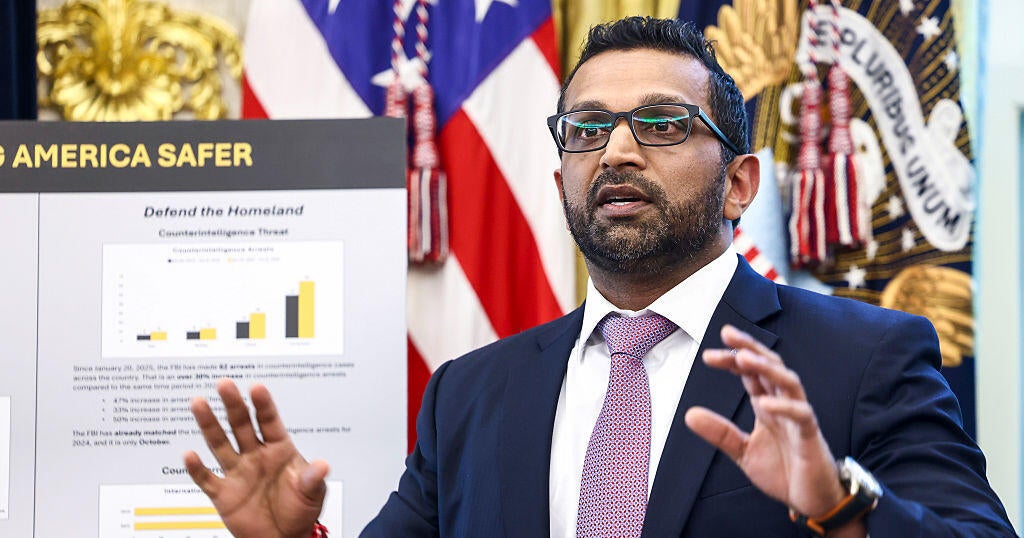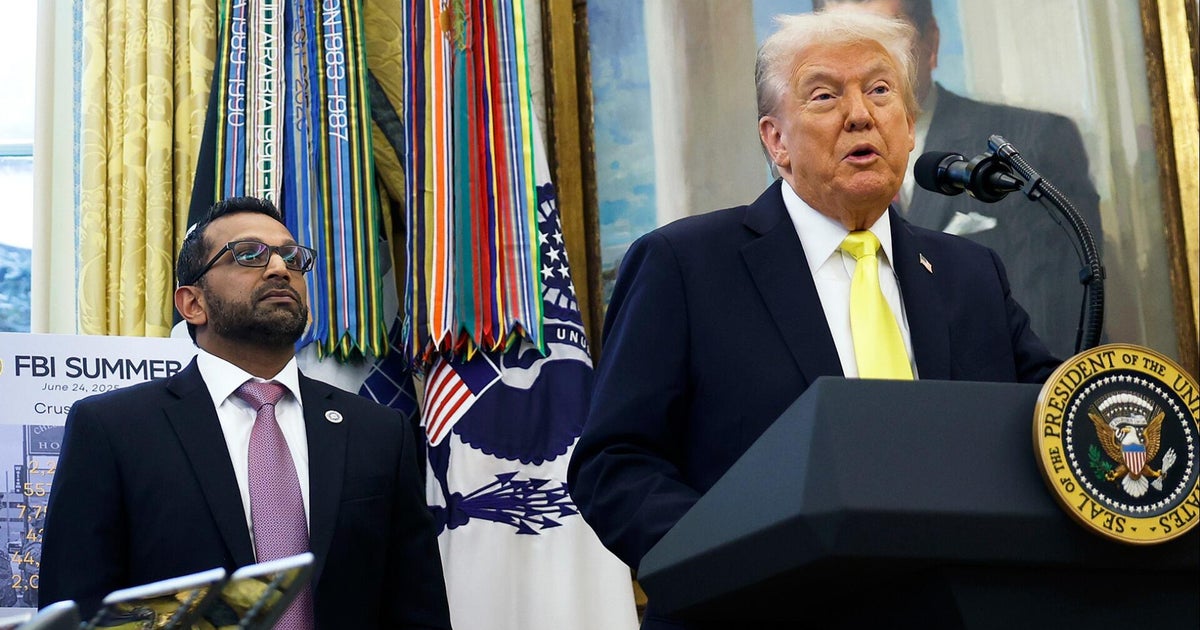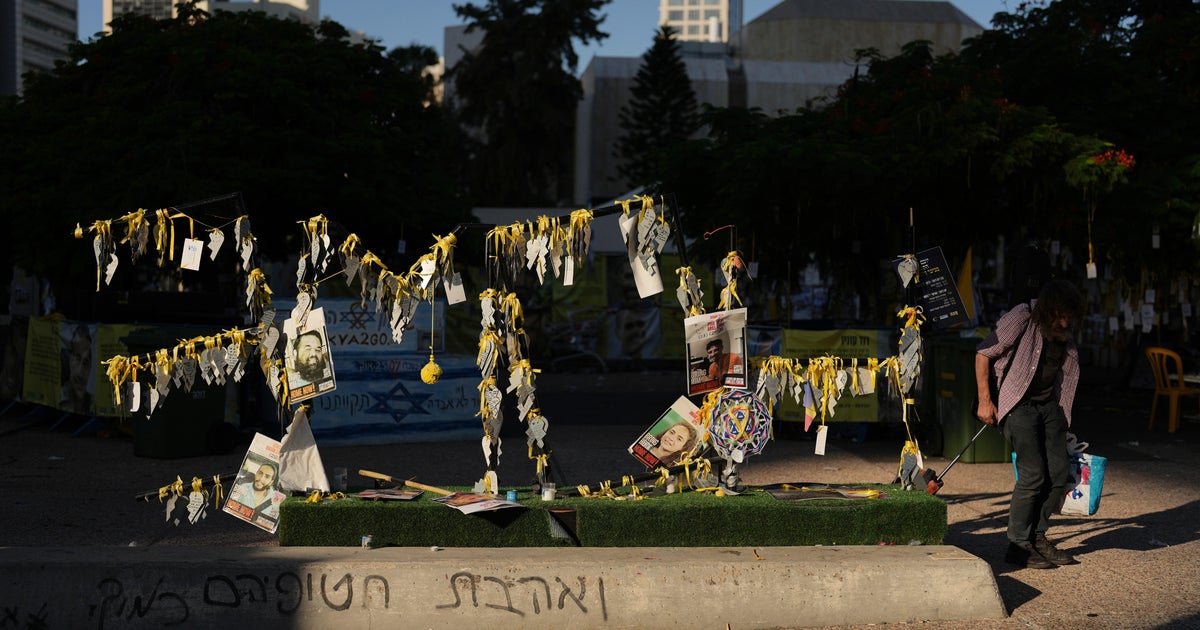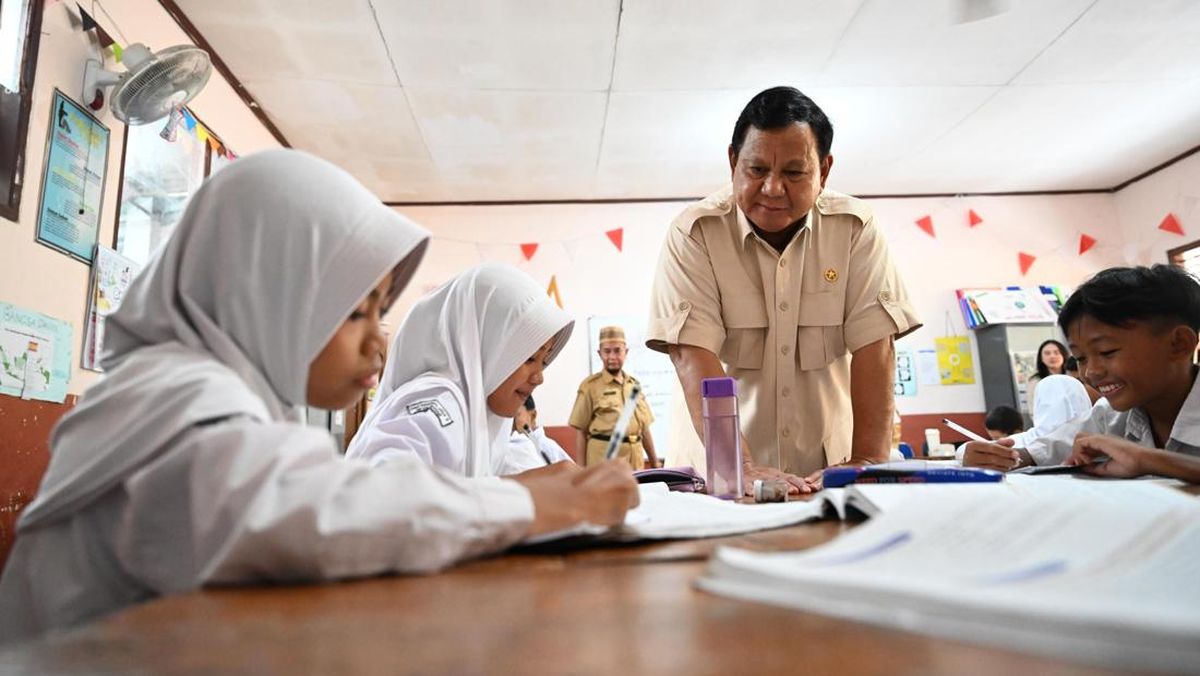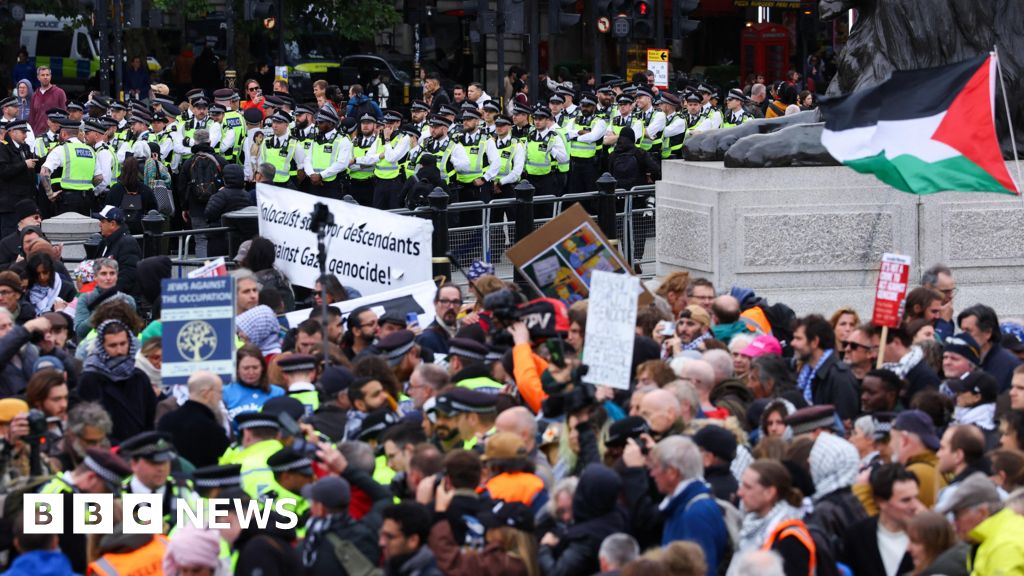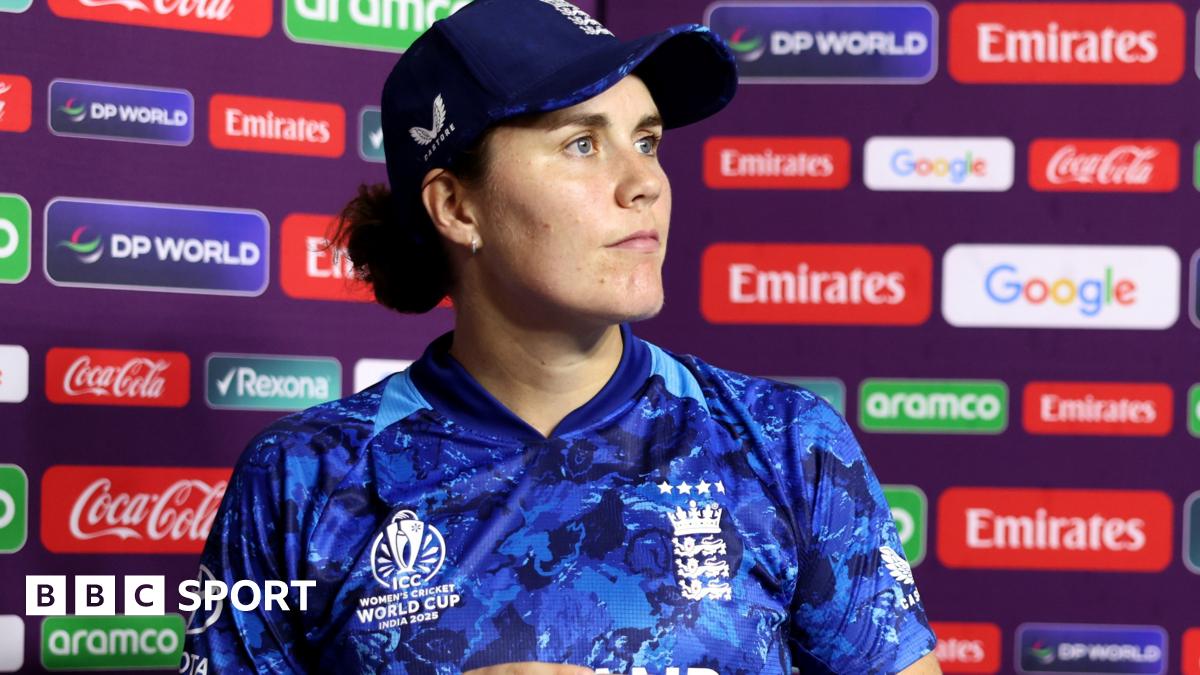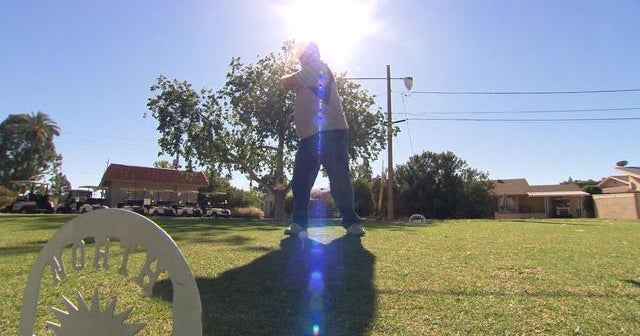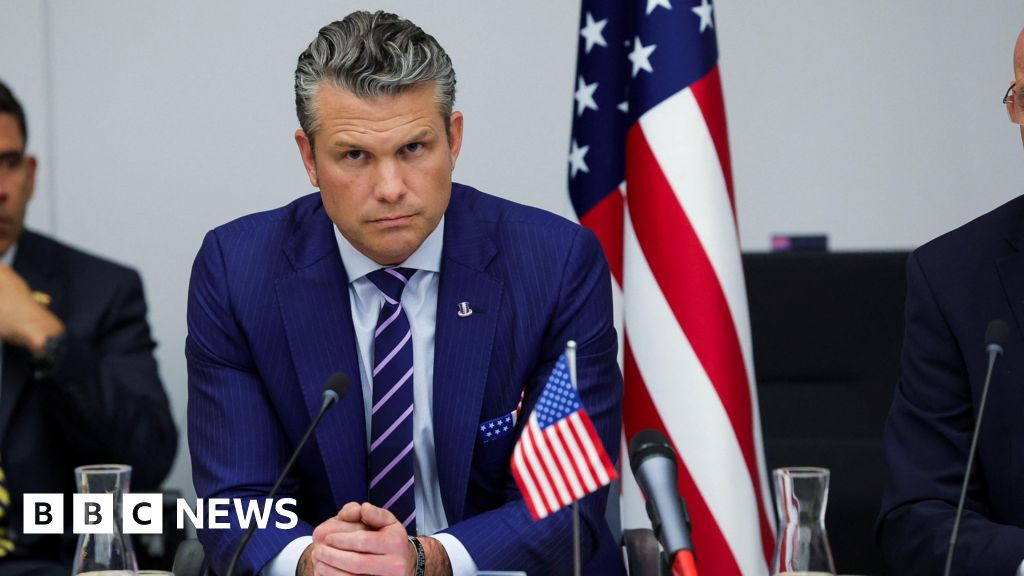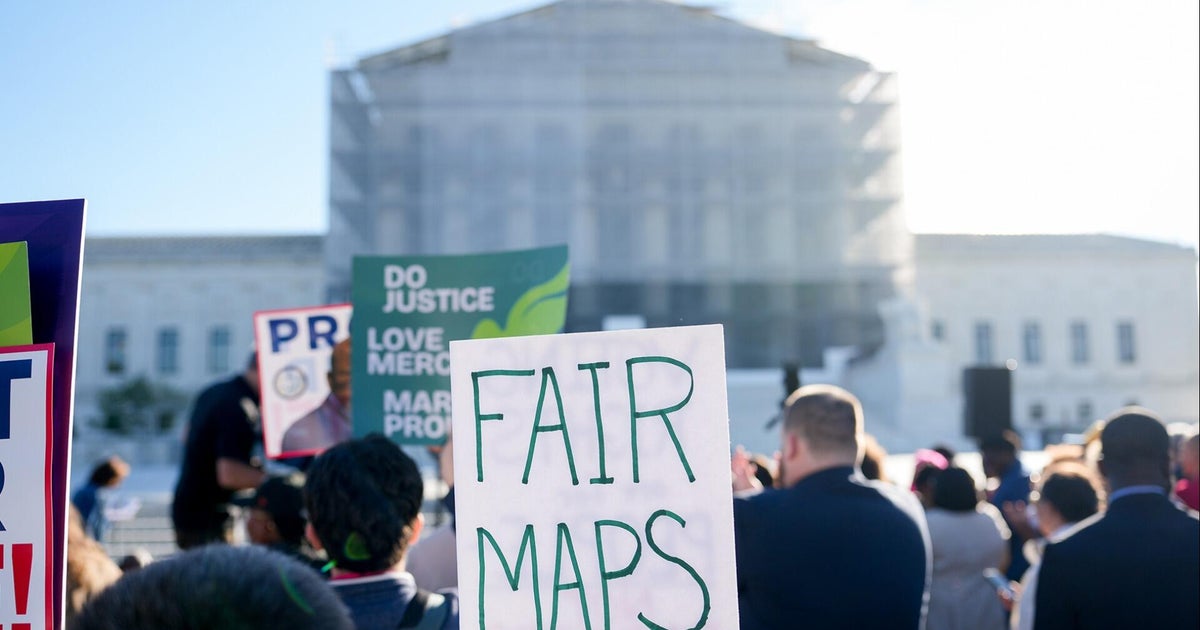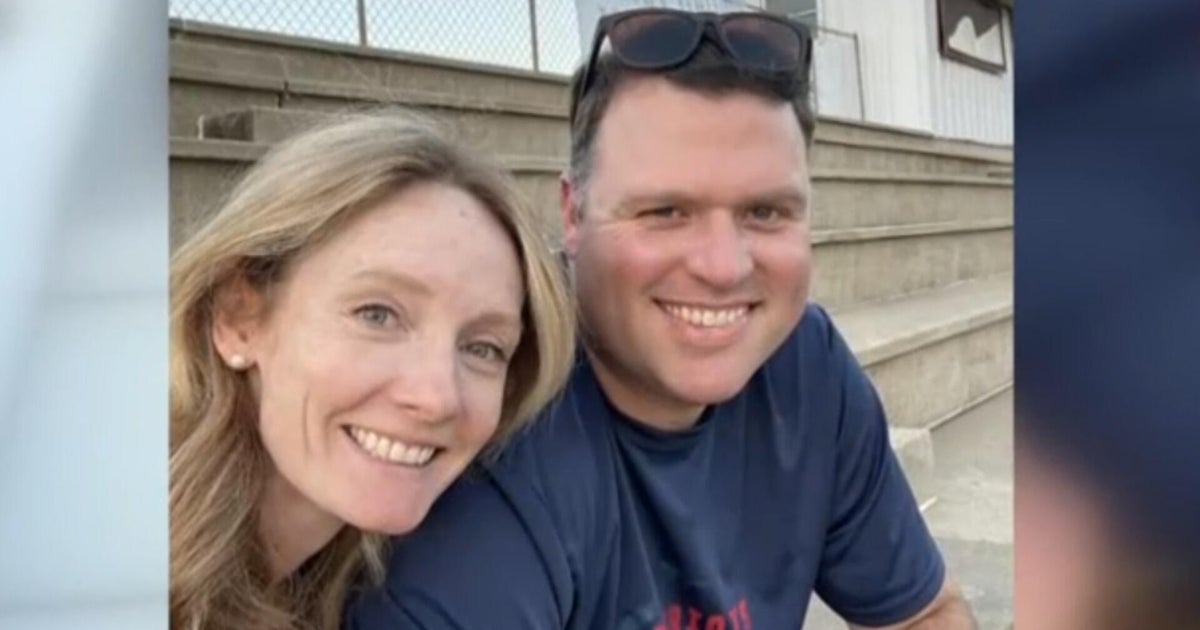Brendan Cauchi was looking for a rental property in Melbourne’s west, but it felt like a bidding war.
“It’s advertised for $420. ‘If you give us $490 a week and give us three months’ rent upfront, the house is yours, you’ll jump the queue.’ Yeah, that’s what one real estate [agent] said to us,” he recalls. “I said to my partner, ‘Look I’m not comfortable with this.’”

Brendan Cauchi moved homes after his last property cost “top dollar”.Credit: Jason South
The now 37-year-old building industry site manager is not alone in finding Melbourne’s pricey rental market a challenge. Only a fraction of Melbourne’s rental listings are affordable to essential workers, an Anglicare Australia report has found.
A school teacher would have the most options, and could afford 1.3 per cent of rental properties listed in Greater Melbourne, the Rental Affordability Snapshot Essential Workers Report 2025, released on Thursday, found.
Only 0.2 per cent of rental listings were affordable to early childhood educators, hospitality workers and meat packers. For most key professionals, fewer than 1 per cent of rental listings were affordable.
Cauchi was paying “top dollar” for his last rental in Deanside, but as he describes it, nothing was getting fixed.
He and his family applied for some other rentals nearby but missed out because of the competition.
“To go into a bidding war with somebody else; it just puts more strain on people,” he said. “And some people feel like they’re that desperate they have to do it, and that just puts more pressure on their pocket at the end of the day. It’s not fair.”
They decided to look further west to Eynesbury, where he is working. He found a four-bedroom house through a real estate agency that is part of the same network of companies he works for, made a successful application, and moved in about two years ago.
Loading
“We can live a bit easier,” he said. “It’s pretty hard when you’re paying top dollar and you’re going to your real estate and there’s nothing they can do to fix something.”
Cauchi lives and works in the west, but not all tenants have had the same luck.
Anglicare Australia executive director Kasy Chambers said some affordable rental properties required long travel times for workers who largely couldn’t work from home.
“You don’t want to be the person getting the medication at the end of a [nurse’s] 10-hour shift if they’ve had a two-hour drive,” she said.
The report assessed more than 13,000 rental listings across greater Melbourne, including share houses, and compared them with a single worker earning the award wage and factoring in basic shift allowances but not study debt. An affordable home is one that costs up to 30 per cent of a worker’s income.
Chambers has seen workers paying up to 60 per cent of their income in rent, coming to her charity for food and other services, living far from work or taking on extra work.
“We see a lot of people taking on other jobs,” she said. Among nurses in particular, she has seen “a number of them working in the Uber Eats kind of area.”
The Victorian government is pushing ahead with plans to build more homes, especially near public transport, to address housing affordability. Research on a similar construction spurt in Auckland, New Zealand, found rents then became lower than they would otherwise have been.
Loading
Chambers noted that despite an almost 30 per cent increase in the number of homes available this year compared with last year, there were still scant affordable options.
She backed the government’s plans “in theory”. “It will depend on what those rents come out as,” she said.
“We haven’t seen in the 15 years we’ve been doing the report that just pure supply has any effect on people for lower incomes. It seems we need to quarantine some of the supply.”
She called for more social housing to be built and property tax reform.
Wendy Stone, professor of housing and social policy at Swinburne University of Technology, urged more social housing, more supply and another look at the tax system.
“A very mature national conversation is required around addressing some of the tax incentives that have led to the private rental sector and our housing system as becoming thought of in our country as more of an asset and a wealth creation system than the essential home that we all need,” she said.
“We do need to build more homes … We need to think very carefully about the kinds of regulations and settings we have to distribute that new stock as well as existing stock.”
Cauchi rents through Leap Real Estate. The agency’s partner and director Ken Dodds said there are good supplies of rental homes in Melbourne’s north and west, but “there isn’t a huge supply” asking $400 to $500 a week.
He has noticed more multi-family applications, such as three generations, or two married couples.
”Often renters are stretching themselves to the absolute max in order to be able to qualify for a rental property,” he said.
Most Viewed in Property
Loading

